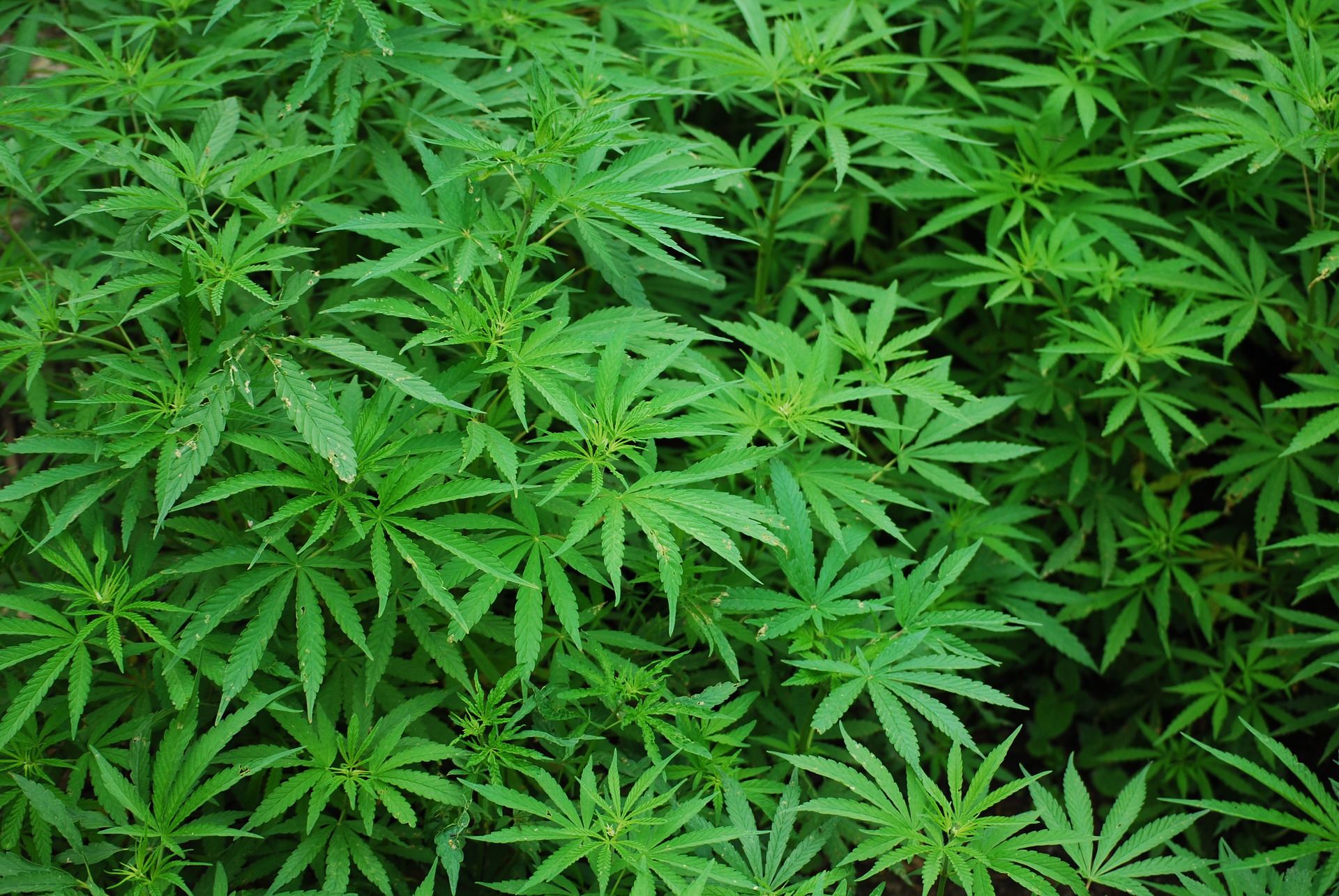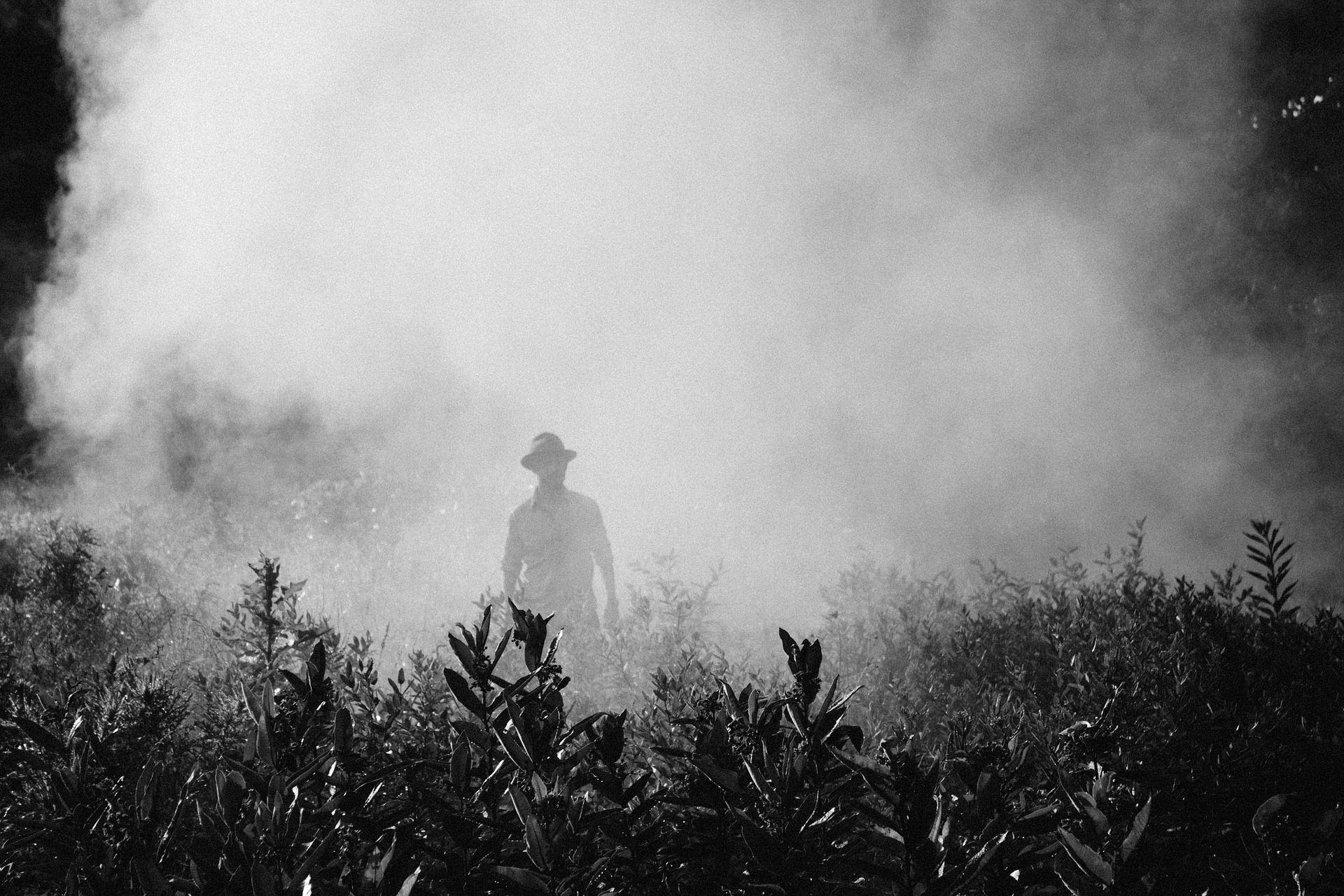In this contributor article, Jeff Foster of Shoe Inn talks about the importance of protecting your facility against contamination.

The following is an article produced by a contributing author. Growers Network does not endorse nor evaluate the claims of our contributors, nor do they influence our editorial process. We thank our contributors for their time and effort so we can continue our exclusive Growers Spotlight service.
Of the 33 American states where marijuana has been legalized for medical or recreational use, the number one priority for all licensed commercial producers is to protect their crops from contamination. Likewise for those states, the main concern of government authorities mandated to protect marijuana users through stringent laboratory testing of licensed cannabis products is the hot topic issue of contamination.
GFarma News recently reported that:
”The Maine Medical Association calls marijuana contamination one of the most significant risks facing the legal market. Threats can range from E. coli poisoning to deadly lung infections...”
All states currently legalized, and the remaining ones expected to eventually legalize, no doubt share this concern.
As reported by the media, an increasing number of labs across America have been shut down by government authorities for intentionally publishing incorrect testing results. Aware of these media reports, legal marijuana users are finding it increasingly difficult to trust the sources from which to obtain their supply.

GFarma News recently stated that:
“In the high-stakes cannabis market, it’s obvious that testing companies — the pathway to the legal market — could be targets for abuse, either from unscrupulous producers eager to pay for favourable results, or labs willing to sweeten results to attract more business.”
The bottom line for licensed commercial producers is that consumer mistrust of their product quality is bad for business.
There are four essential ways commercial growers can ensure their crops are virtually 100% protected against microbial contamination, which we will examine momentarily. By ensuring their crops are protected against microbial contamination, and proving it to the public by passing government approved, licensed laboratory testing, producers can solidify marijuana consumer trust and continue successfully in the booming emerging cannabis market.
Sterilization procedures using chemicals create a chain reaction of even more complex chemical contamination. If growers are correctly using preventative measures to eliminate microbial contamination from occurring in the first place, the dubious process of sterilization should not be necessary. This is painfully ironic when understanding that the simplest prevention measures (discussed below) could eliminate such serious threats from the very beginning.
Ed Rosenthal, one of the leading marijuana educators over the last four decades, makes the contamination danger explicitly clear when he points out that:
“Because the presence of microbial contaminants often results in the by-products of growth being left behind, sterilization of the product does not necessarily ensure the product is completely safe for consumption.
“Sterilization of the contaminated substance may kill live microbes, but it does not remove the presence of the microbes (DNA, proteins, and/or lipids left behind), or remove the toxins certain microbes leave behind. The DNA, lipids and proteins from microbial contaminants, whether pathogenic or non pathogenic, also have the potential of acting as antigenic determinants on their own, and could lead to a full range of allergy like reactions.
“If the cannabis contaminated with pesticides, mycotoxins or endotoxins is destined for extraction and concentration, there is a significant risk that the contaminants, particularly pesticides will be concentrated and become a greater problem for the end user.”

In light of this, let’s take a look at the extensive, frightening types of microbial contamination that can ruin a crop.
Mr. Rosenthal states on his website (Ed Rosenthal.com) that:
“Recently, Steep Hill Labs collaborated with medical researchers at University of California, Davis Medical Center, and found that of 20 randomly selected samples submitted for testing at the Steep Hill Facility in Berkeley, California all had detectable levels of microbial contamination, and many had significant pathogenic micro-organism contamination. The variety of potentially harmful bacteria and fungi found was surprising and included:
- Klebsiella, Pseudomonads (several, including P. aeroginosa)
- Enterobacteria (including both pathogenic and non-pathogenic forms of E. coli)
- Acinetobacter (several, including baumannii)
- Aspergillus
- Fusarium
- Mucor
- Penicillium
- Botryotini
- And many other bacteria and fungi
Some of the samples studied harbored multiple potentially pathogenic microorganisms (e.g., Aspergillus, Fusarium, Penicillium, Enterobacter, Pseudomonas).”
These do not even include the chemical pesticides many indoor growers intentionally use inside of their facilities; however, those are outside the scope of this article. Here we are targeting the microbial forms of contamination that growers accidentally bring into their facilities.
So how do growers successfully eliminate microbial contamination risks?
Pharmaceutical grade medical cannabis can be produced using Good Growing Practices (GGP)
Mr. Rosenthal provides a thorough list of preventative microbial contamination measures all successful growers incorporate to ensure Good Growing Practices so that growers can be protected against microbial contamination:
“This requires:
- Clean grow rooms/green houses,
- Complete humidity and ventilation control,
- HEPA-filtered air systems, and
- Gowned workers wearing hair (face, hand, and foot*) covering; essentially the same practices used to produce pharmaceutical products. Without this infrastructure, it is impossible to avoid microbial contamination, which leads to pesticide usage.”
* The additional use of face, hand and foot coverings is the most recent development in state- of-the-art GGP contamination prevention measures that focus on using these additional pieces of protective covering. Modern GGP adheres to, and is in compliance with, European current Good Manufacturing Practices (cGMP). World-class cannabis extraction facilities such as MediPharm in Canada create state-of-the-art cleanrooms and critical environments designed to ISO standards.
Bottom line: all of these world-class facilities start with the basics by employing hair, face, hand and foot coverings.

One of the easiest ways growers can introduce pathogens and microbial contaminants into their facilities is by overlooking foot coverings. Allowing cannabis workers to walk into indoor growing facilities with unprotected footwear is a sure recipe for disaster as the soles of shoes, boots and sandals track in every form of contaminant possible.
Furthermore, supervisors and “Grow Masters” who do not insist on pharmaceutical grade foot coverings because they are too difficult or inconvenient to apply, virtually guarantee their own crop contamination.
Successful, contamination-free marijuana growing facilities choose Shoe Inn. Shoe Inn provides revolutionary patented dispensers and removers that make putting on, taking off and disposing of their shoe covers a breeze.
As Shoe Inn’s motto says: We make putting shoe covers on and taking them off faster, easier, safer and cleaner.™
10 Best Gift Ideas for Cannabis Connoisseurs and Growing Aficionados (2022)
December 7, 2022Developing and Optimizing a Cannabis Cultivation System
December 14, 2021Dealing with Insomnia: How Can CBD Help?
December 10, 2020Your Guide to Sleep and CBD
December 7, 2020
Do you want to receive the next Grower's Spotlight as soon as it's available? Sign up below!

Do you have any questions or comments?

About the Author
Jeff Foster has been the Global Product Manager for Shoe Inn since he helped start the company in 2008. Prior to that, he worked in the land use and environmental planning industry. He graduated from the University of Southern California with a degree in Environmental Studies. He is married, has three children, and is passionate about cycling and cooking.